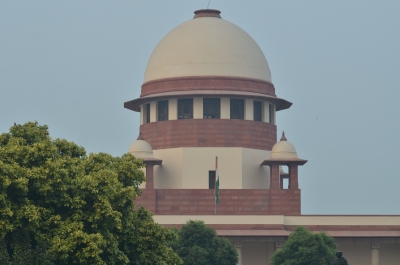New Delhi/Bhubaneswar: The Supreme Court verdict, recalling its May 16 judgement that had barred the Centre from granting retrospective environmental clearances to projects, has provided a lifeline to critical public infrastructure projects across India, including Bhubaneswar AIIMS.
The majority verdicts of Chief Justice BR Gavai and Justice K Vinod Chandran said that if the May 16 verdict is not recalled, it will result in the demolition of various buildings, projects constructed out of the public exchequer to the tune of nearly Rs 20,000 crore.
The majority decision cited the potentially “devastating effects” on projects of national importance, including the 962-bed AIIMS hospital and a greenfield airport.
Also Read: SC seeks replies from Centre, CBI, ED, Anil Ambani on PIL alleging banking, corporate fraud
During the hearing, the Centre had given a list of projects that were stalled and at risk.
The CJI, in his majority opinion, highlighted three specific instances to illustrate the severe public interest crisis that the demolition order would trigger.
“A perusal of the list produced would reveal that out of the projects which will be adversely affected by the JUR, some of the projects are concerning the construction of hospitals/medical colleges/airports, and some are with regard to common effluent treatment plants,” the CJI said.
A fully-constructed medical facility with a capacity of approximately 962 beds, built to serve thousands of citizens in the region, faced complete demolition because it had proceeded without a prior EC.
“The first one is with regard to AIIMS Medical College and Hospital, constructed in the state of Odisha.
The college and the hospital buildings constructed there have a capacity of approximately 962 beds, which will have to be demolished on account of the JUR,” he said.
A newly-built greenfield airport at Vijayanagar in Karnataka was also built without EC and is facing demolition as per the May 16 verdict.
The judgment pointed to several CETPs, which are essential for treating industrial and sewage water to prevent pollution of rivers and streams.






































